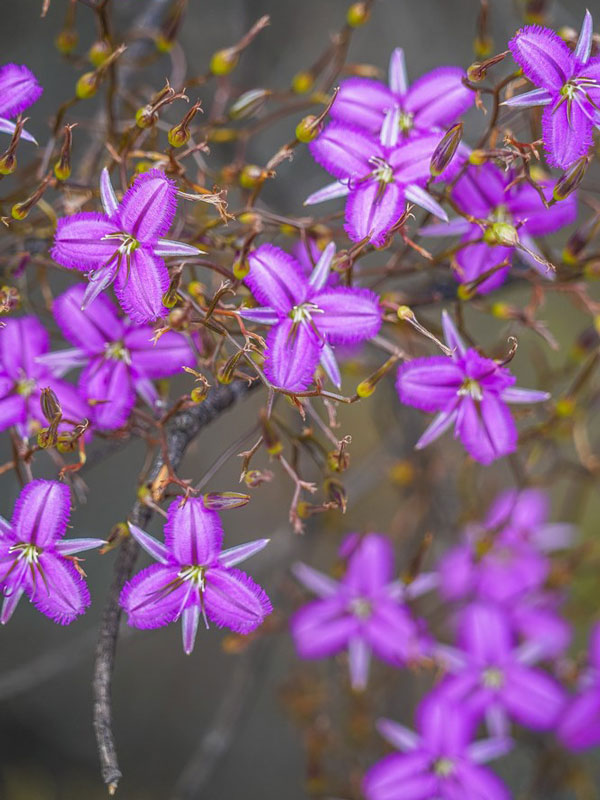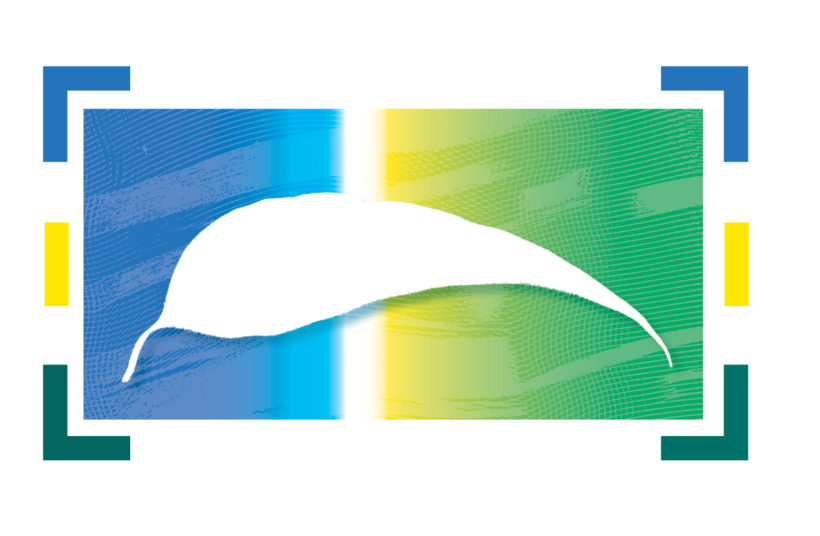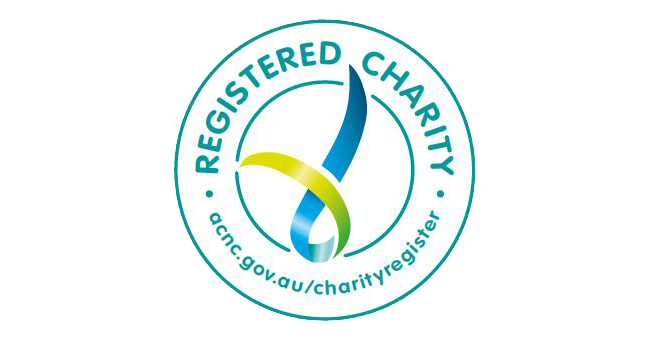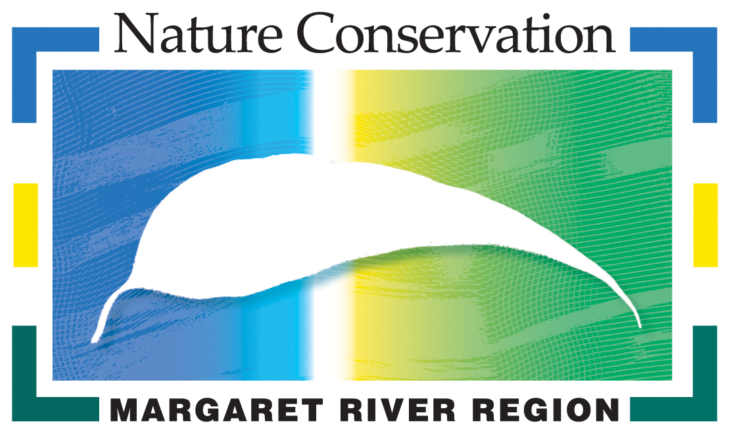What you can do
There are many ways to proactively care for nature and the environment
Get involved
Get involved through the actions you take every day when you visit the bush or the beach; become a steward for your local environment and learn about the native animals and plants that inhabit it; be aware and enthusiastic about our region and foster curiosity to learn more; join one of our citizen science programs; and be vocal in calling on others, our governments and leaders to care for the environment too.
In this section you’ll also find a raft of links and resources for how you can care for nature in your garden or on your property. And how you can make a meaningful difference in the wider environment.
If you care for the Margaret River region environment, be part of the solution and support our work by volunteering, donating or becoming a member.
On your property
Wildlife needs space and places to live. Gardens and properties can support the local wildlife by providing areas to shelter, nest and feed in. Different species have different needs – so the more diverse a garden or property, the more species it will support.
At Nature Conservation, we run regular events, workshops, talks and excursions aimed at empowering residents and landholders with the knowledge and tools to give nature a helping hand at your place. Whether you have a suburban garden or a rural property, there are many ways you can help boost biodiversity at your place. Subscribe to our newsletter and stay tuned to our socials so you never miss an event. Or, read on for inspirational stories of local nature champions, how-to guides and factsheets to give you the knowledge you need, and a swag of other handy links.
In your environment
The Margaret River region is one of only two official global biodiversity hotspots in Australia, with an incredibly high diversity of flora – and many endemic species of wildlife that depend on it. View or download our comprehensive Monitoring Guide to discover our local species.
We’ve also launched a mobile phone app called “Fieldbook” that enables everyone to be a citizen scientist and collect valuable data to better manage weeds in our region. You can easily record target invasive weed species you see in bushland, national park, road verge or reserve in the region. Learn more and download the app.
Learning about the local environment
This begins with getting to know the different plants and animals that live nearby. What are they, what is their name, where do they occur, what are their needs, how do they interact with others and how does their behaviour change with time of day or season? An understanding of the geology, landforms, soils and waterways is also useful.

Getting to know the plants and animals
This can be tricky in a biodiversity hotspot where there are so many species. But there are opportunities to learn from local people with expertise by joining an excursion with a local wildflower, birding or naturalist group; joining your local Friends of Reserves group; reading one of many local reference books; or volunteering with Nature Conservation and joining our community busy bees
Nature Conservation’s programs
Giving you the chance to get involved and help care for the local environment, waterways, coast, reserves and remnant bushland, through our programs.
Caring for Coast
Join our regular coastal planting and brushing days to rehabilitate beaches and dunes at key locations
Environmental Education
Involving students in caring for nature – with parents, friends and families encouraged to join us
Conserving the Margaret River
Join our regular events and workshops to learn more and help care for this beautiful waterway
Environmental Weed Control
Sign up to the Arum Lily Blitz or learn about Woody Weeds to help protect the unique biodiversity of the Margaret River region
Protecting Biodiversity and Habitat
Volunteer amnd help slow habitat loss and fragmentation, protecting remnant bushland
Need more information?
Plant and animal I.D guides to download, read or research
Monitoring Guide to Flora and Fauna of the Cape to Cape Region
Birdwatching around Augusta & Margaret River
Find that Flower. A colour guide to the wildflowers of the Cape to Cape Track and Australia’s South-West by Jane Scott
Orchids of Margaret River and Australia’s Southwest Capes. Another informative guide specialising in our amazing orchids, written by local author and Nature Conservation ambassador Jane Scott
Wildflowers of Southwest Australia. An excellent illustrated guide to the wildlflowers of the Margaret River region and further afield in the southwest of WA. Written by Jane Scott and illustrated by Patricia Negus.
Bowerbird and iNaturalist tap into a community of users to I.D species from uploaded photos
Museum of WA, Birds in Backyards and CSIRO Identifying Eucalypts can also help identify species
Atlas of Living Australia has a comprehensive list of websites for identifying species
Need some local inspiration?
Our “Champions Series” showcases great work by local champions, with inspiring stories to make a contribution
Boyd Wykes and Karen Majer – Growing a wildlife garden
Tony Lane – Tackling invasive arum lillies on a bush block
Anouska Pillai – Protecting biodiversity on our land
Ray Swartz – A foreshore restoration warrior
Jane House – Success with stream revegetation
Laura Bailey and Lawson Armstrong – Regenerative agriculture
Leeuwin Estate – Fencing, revegetation and weed control
Janet Duffall and Genny Broadhurst – Margaret River Coastal Residents Association
Maureen Munroe and Peta Goodwin – Conserving Barrett Street Reserve
Margaret River Independent School – Nurturing our school environment
Karridale Primary School – Caring for our bushland
Address
Community Resource Centre
33 Tunbridge Street
Margaret River WA 6285
Postal Address
PO Box 1749 Margaret River WA. 6285
Contact Us
Phone: (08) 9757 2202
Email: info@natureconservation.org.au


